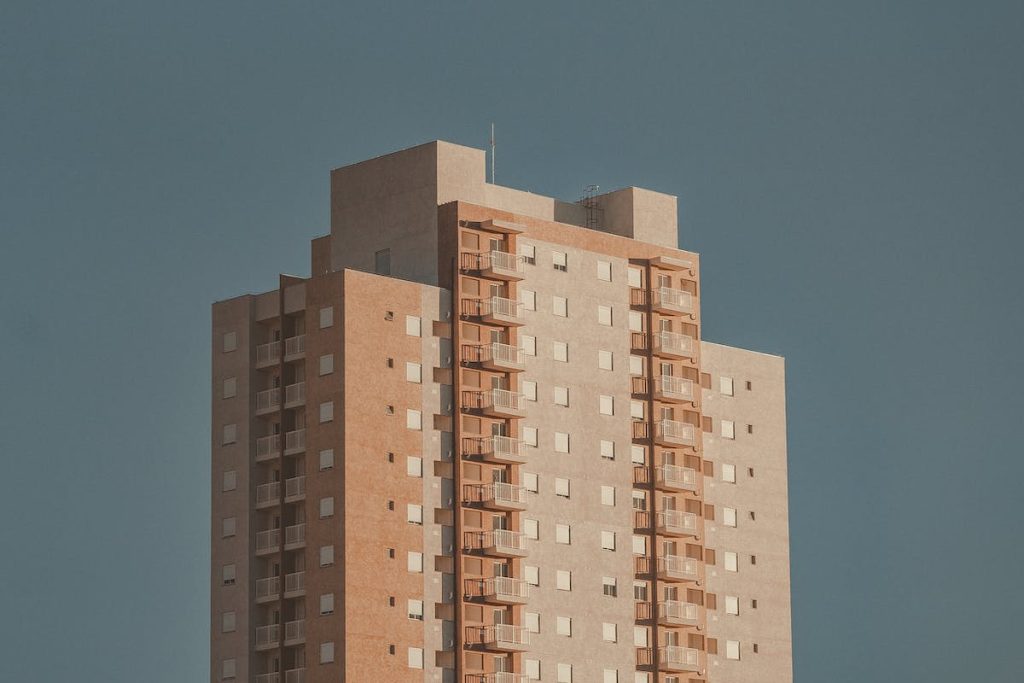- Green building design reduces carbon footprint and offers energy-efficient, sustainable solutions for businesses.
- Implementation of natural lighting, proper insulation, and smart technology significantly lowers energy consumption.
- The integration of biophilic design enhances workspaces while waste reduction measures conserve resources and reduce landfill waste.
- Green solutions positively impact the environment, bottom line, and productivity enhancing brand reputation.
As a business owner or entrepreneur, you have the power to make a positive impact on the environment and reduce your carbon footprint. With green building design, you can incorporate sustainable solutions into your business while also creating a healthier and more efficient workspace for your employees. This blog post will explore the benefits of green building design and provide guidance on how to incorporate sustainable solutions for your business.
Increase Energy Efficiency
Green building design focuses on reducing energy consumption by incorporating energy-efficient features, such as LED lighting, efficient HVAC systems, and smart building technology. By implementing these solutions, you can significantly reduce your energy bills while also reducing greenhouse gas emissions. Here are some factors that come to mind:
Natural Lighting
Maximizing natural lighting is one of the simplest and most effective ways to incorporate green design into your workspace. The strategic placement of windows, skylights, and reflective surfaces can significantly increase the amount of daylight in a building, reducing reliance on artificial lighting. Not only does this decrease energy consumption, but it also creates a warmer, more welcoming environment, and studies have shown that exposure to natural light can boost employee productivity and well-being.
Proper Insulation
Proper insulation is an often overlooked but equally critical aspect of green building design. A well-insulated building helps to maintain a stable indoor temperature, reducing the need for heating or cooling systems. Insulation materials like cellulose, fiberglass, and spray foam conserve energy and are eco-friendly options. Investing in quality insulation can result in significant long-term energy cost savings, and it contributes to a cozier and more comfortable work environment.
Smart Building Technology
Embracing smart building technology is another step in the right direction towards a green and sustainable business. Smart buildings utilize systems and devices, such as sensors, monitors, and automated controls, that optimize energy use and manage building services efficiently. For example, they can adjust lighting or heating based on occupancy or time of day, thereby reducing energy waste.

Invest in Biophilic Design
Biophilic design, which seeks to connect people more closely to nature, is another valuable strategy in your sustainable business toolkit. Implementing biophilic office design not only contributes to the environment but also enhances the workplace for your employees, fostering their well-being and productivity.
This approach might encompass the integration of plants, natural materials, and nature-inspired textures into the office setup or exploiting natural light and views of the outside world. The goal is to create a workspace that mimics the serenity of nature, making your office more than just a place to work but a place to thrive.
If possible, you could also consider implementing outdoor workspaces or green roofs, which allow employees to enjoy nature and be more connected to their surroundings while working. These features not only provide a healthier and more enjoyable workspace but can also reduce energy consumption by providing insulation and shading.

Implement Waste Reduction Measures
Green building design includes waste reduction measures to reduce the amount of waste produced during construction and operational phases. For example, implementing a construction waste management plan can help divert materials from landfills and find opportunities to recycle or donate materials. Here are some programs that you can implement:
Recycling and Composting Programs
Setting up a recycling and composting program in the workplace is an effective way to reduce waste and promote sustainable practices. By providing separate bins for paper, plastic, glass, and food scraps, employees can quickly dispose of their waste appropriately. This not only reduces landfill waste but also conserves resources by reusing materials.
Water Conservation Measures
Water conservation is another critical aspect of green building design. Installing low-flow fixtures, such as toilets and faucets, can significantly reduce water usage and decrease utility bills. Additionally, implementing drought-resistant landscaping or using rainwater harvesting systems for irrigation can also contribute to water conservation efforts.
Reducing Single-Use Items
Single-use items, such as paper cups or plastic utensils, produce a significant amount of waste in the workplace. By switching to reusable items or providing employees with their own set of utensils, you can significantly reduce landfill waste.
Incorporating green building design solutions is not only good for the environment but can also significantly impact your bottom line and provide a healthier and more productive work environment for your employees. By implementing energy-efficient features, reducing water waste, using sustainable materials, implementing waste reduction measures, and seeking energy efficiency certifications, your business can make a positive impact on the environment while also achieving long-term cost savings and improved work productivity. Taking these steps can enhance your brand and reputation and demonstrate your company’s commitment to sustainability, which can help attract and retain customers and employees.

